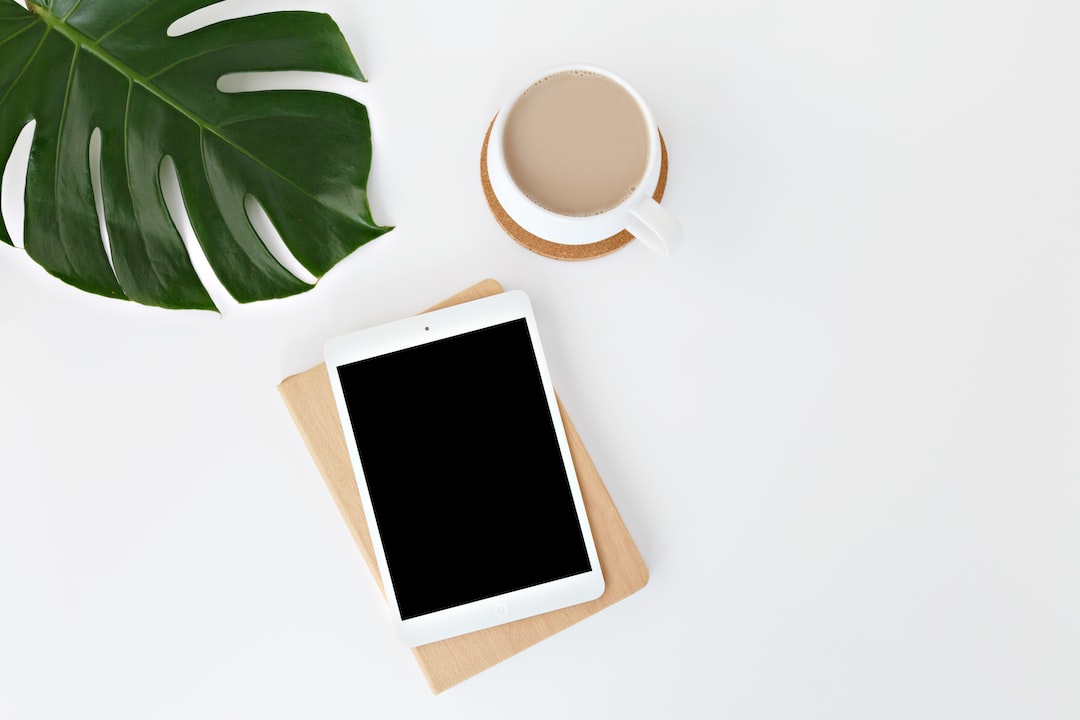The Art of Illustration in Design
Illustration has always been a powerful tool in design. Whether it is used in advertising, packaging, or publication, it has the ability to convey complex ideas in a simple and visually appealing way. Its versatility and expressive nature make it a popular choice among designers, as it can enhance the overall aesthetics of a design and evoke emotions in the audience.
One of the main advantages of illustration in design is its ability to communicate specific messages. It allows designers to create visuals that are tailored to the needs of the client or the target audience. Unlike photography, which captures reality, illustrations can be stylized and conceptual, enabling designers to depict abstract concepts or tell stories that would be difficult to convey otherwise.
Moreover, illustration adds a personal touch to a design. By hand-drawing elements or using digital tools to create illustrations, designers can imbue their work with their unique style and artistic vision. This helps break away from generic stock imagery and creates a more authentic and engaging experience for the audience.
Additionally, illustration allows for a more playful and imaginative approach to design. Designers can use illustrations to create charming characters, whimsical backgrounds, or bold and vibrant patterns. This adds an element of fun and creativity to the overall design, making it memorable and appealing to the viewer.
Another advantage of illustration in design is its ability to evoke emotions. By using different techniques such as color, composition, and line work, designers can create visuals that resonate with the viewer on a deeper level. Illustrations have the power to elicit joy, nostalgia, excitement, or even sadness, depending on the desired effect. This emotional connection can help establish a stronger bond between the brand or product and its target audience.
In recent times, the use of illustration in design has become more prevalent due to the rise of digital tools and platforms. Designers now have access to a wide range of software and apps that allow them to create intricate and detailed illustrations with ease. Additionally, the popularity of social media has created new opportunities for illustrators to showcase their work and reach a larger audience.
However, despite the advances in technology, traditional illustration techniques still hold their charm and relevance. Many designers value the tactile experience of using pens, brushes, and other traditional tools to create illustrations. The imperfections and nuances that come with hand-drawn illustrations can add an organic and authentic feel to a design that cannot be replicated digitally.
In conclusion, the art of illustration in design is a powerful tool with numerous advantages. Its ability to communicate messages, add a personal touch, evoke emotions, and spark imagination makes it an invaluable asset for designers. Whether created digitally or through traditional techniques, illustrations have the power to enhance the overall aesthetics of a design and create a memorable and engaging experience for the audience. As technology continues to evolve, it will be fascinating to see how illustration in design will evolve along with it, and the new possibilities it will bring to the world of design.

